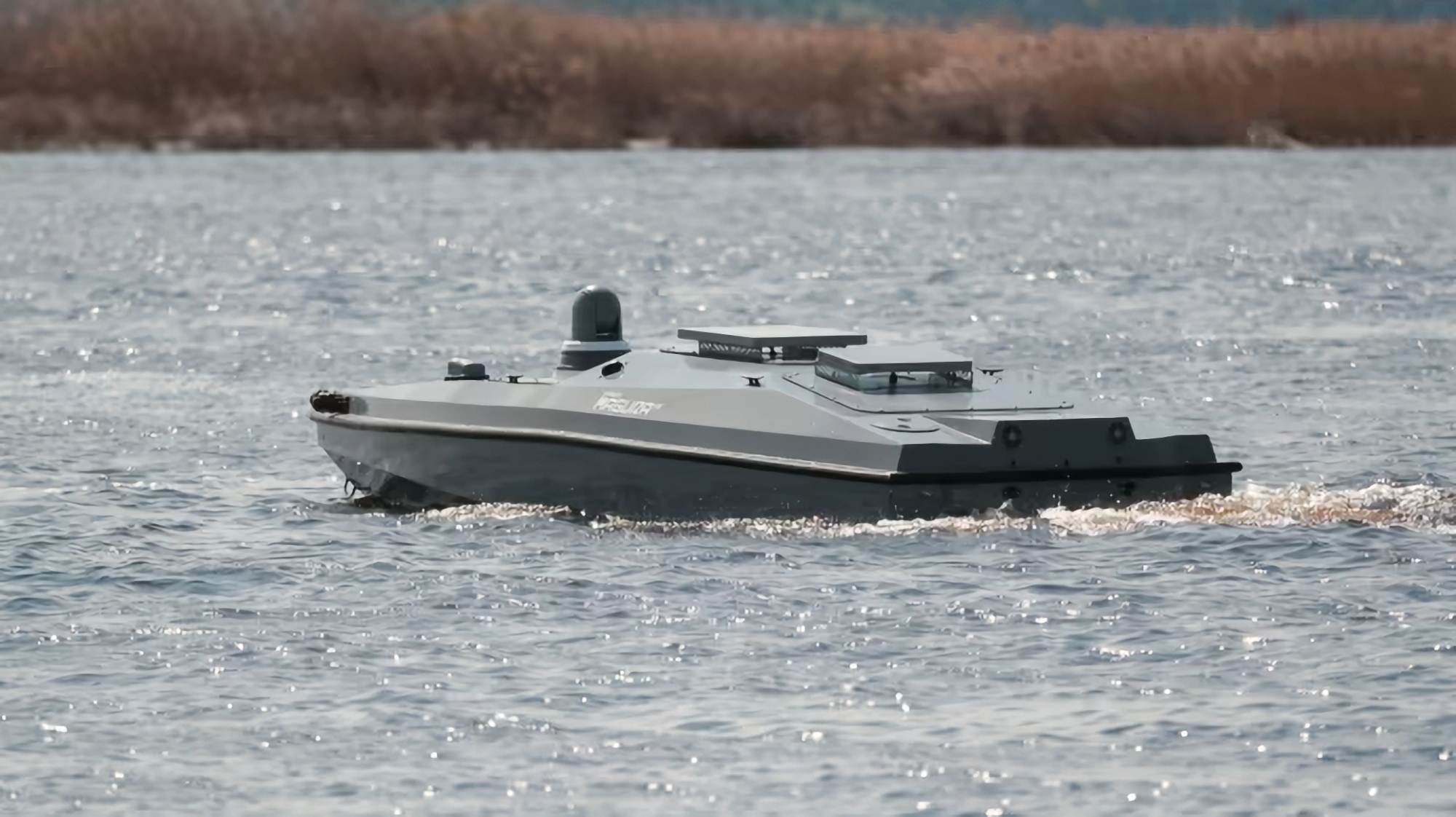
The picture shows Ukraine's MAGURA (Maritime Autonomous Guard Unmanned Robotic Apparatus) USV.
By Lan Shunzheng
According to Ukrainian media, the Philippines and Ukraine are conducting in-depth negotiations on a defense cooperation agreement for the introduction of suicide unmanned surface vessels (USVs), with an agreement potentially to be reached by the end of the year.
In the Russia–Ukraine conflict, suicide USVs have emerged as a notable weapon. Although Ukraine's main naval forces were decimated in the early stages of the conflict, the country successfully used various types of suicide USVs to inflict significant damage on Russian forces. Among them, the Ukrainian Magura V5 suicide USV is more well-known. Designed by the Ukrainian state-owned enterprise SpetsTechnoExport, the Magura V5 can carry a variety of payloads, including surveillance equipment, communication devices, and weaponry, and is capable of conducting reconnaissance as well as suicide attacks.
This unmanned boat attacked the Olenegorsky Gornyak landing ship outside the port of the Novorossiysk base of the Russian Black Sea Fleet on August 4, 2023. On February 14 and March 5, 2024, Ukraine used this type of unmanned boat to sink the Russian Caesar Kunikov landing ship and the Sergey Kotov patrol ship, respectively, in the Black Sea waters near southern Crimea and the Sevastopol naval base. Ukraine has even used these vessels to launch modified R-73 IR-guided short-range air-to-air missiles, successfully shooting down a Russian Mi-8 helicopter and a Russian Su-30 fighter jet, creating a precedent for USVs striking aerial targets.
Ukraine has also developed and deployed a larger USV, the Sea Baby. The USV can be equipped with an 860-kilogram warhead, remotely pilotable, and has been deployed on multiple missions to strike the Kerch Bridge in Crimea.
Experts note that if the Philippine Navy were to deploy such USVs against the naval assets of other nations, it would go far beyond the nature of current standoff between official vessels. Such actions would be construed as acts of war.
Analysts said that if the Philippine Navy deploys Ukrainian-made USVs, it will give the Philippines the ability to launch an "asymmetric deterrence strategy" in the South China Sea. These vessels can be used to surveil the sea areas and conduct long-range reconnaissance, or to carry out swarming attacks when Philippine vessels cannot match a stronger opponent. Because they are inexpensive, the Philippines could field them in large numbers, forcing adversaries to divert substantial defense resources.
The Philippines' turn to Ukraine for USVs is driven by two factors. On one hand, Ukraine possesses the technology and combat-proven experience for mass-producing low-cost USVs; on the other hand, despite being embroiled in conflict, Ukraine seeks to export weapons and technology for revenue. Its defense firms have actively participated in international arms fairs and exported drones and related tech to foreign buyers, including the US.
However, the success of Ukrainian USVs in the Black Sea is partly due to the semi-enclosed, relatively calm conditions, which suit small, low-tonnage wave-piercing USVs for long transits and operations. The South China Sea, while also semi-enclosed, generally has much rougher seas, which will constrain the operational envelope of such craft. Still, the archipelagic geography and numerous reefs and islands could provide deployment options, placing USVs on islets, large civilian vessels, or naval platforms, which can, to some extent, mitigate the environmental limits. Therefore, it is obvious that the Philippines wants to follow Ukraine and introduce USVs to obtain asymmetric warfare capabilities and implement a "using the land to control the sea" strategy, thereby compensating for its inherent naval weakness.
Russia's defensive responses to unmanned-boat attacks suggest that various maritime countermeasures long considered obsolete, like underwater barriers, anti-torpedo nets and anti-swimmer nets, could see a resurgence. In addition, combat experience shows that armed helicopters and reconnaissance-strike UAVs are effective options for countering small boat threats. Another option Russia has used is equipping warships with small drones or loitering munitions, using unmanned systems to counter unmanned threats and employing small-scale systems to defeat small-scale threats.
In short, differing operational waters and adversaries mean the Philippines' aspiration for an effective asymmetric maritime capability will face serious practical limits.
Editor's Note: Originally published on thepaper.cn, this article is translated from Chinese into English and edited by the China Military Online. The information and opinions in this article do not necessarily reflect the views of eng.chinamil.com.cn.



